EU leaders divided over post-Brexit plan
The 27 remaining members of the European Union are divided over the future of the bloc in the wake of Britain's exit from the EU, known as Brexit.
On one side of the EU division are the richer and bigger countries such as Germany, France, Italy and Spain. On the other side, former communist countries of Eastern Europe such as Poland, the Czech Republic and Hungary.
Germany and its allies are in favor of a controversial plan that would allow EU members to be divided into separate groups according to status and each group being regulated by different laws. The Netherlands and the Scandinavian countries of Northern Europe, consisting of Norway, Sweden, Denmark and Finland, are against.

A 'new iron curtain'
The opponents of the plan want one set of regulations, including equal voting power, for all EU member states. The opponents of the post-Brexit scheme claim it will create a "new iron curtain" between the “have” and “have not” members east and west of the bloc.
Proponents of the plan claim allowing EU countries to integrate at different speeds will reduce time-wasting regulations hindering member states' progress toward obtaining prosperity and security.
European Commission President Jean-Claude Juncker defended the plan in the Belgian capital, Brussels, on Friday, after an EU summit ahead of another special summit in Rome on March 25 to mark the bloc's 60th anniversary and officially map out a post-Brexit future for the European Union.
"As far as this so-called multi-speed Europe is concerned... this is seen as introducing a new dividing line, a new kind of iron curtain between the east and west. That is not the intention," Juncker said.
Germany and France, Europe’s two heavyweights, are the leading proponents of the multi-speed plan.
German Chancellor Angela Merkel used an oxymoron to describe the newly planned arrangement.
EU members will be "united in diversity", she said to describe the newly planned EU structure after Brexit.

British Prime Minister Theresa May, who left Brussels after the first day of the summit, so as not to take sides with either the proponents or opponents of the multi-speed plan, said she preferred to leave the summit and "get on with" the process of London’s divorce with the European Union. EU leaders welcomed her idea.
The EU summit was May's last before her self-imposed deadline to trigger the Article 50 withdrawal process by the end of March.
Commenting on Brexit, Juncker said he regretted Britain's departure, but hoped that one day London would return to the EU "boat" sailing toward the European states' common security and prosperity.
Hamas thanks Iran, Resistance Front following achievement of ceasefire in Gaza
'Capitulation': Israeli officials and media concede Gaza defeat as truce unfolds
'Gaza has won': Social media users react to ceasefire with mix of relief, joy
Iran seeks South Korea’s assistance for AI, fiber-optic projects
VIDEO | Iran's 'Eqtedar' (Power) maneuver
Israel hits HTS military target in Syria for 1st time since fall of Assad
VIDEO | Press TV's news headlines
Israel has slaughtered 13,000 students in Gaza, West Bank


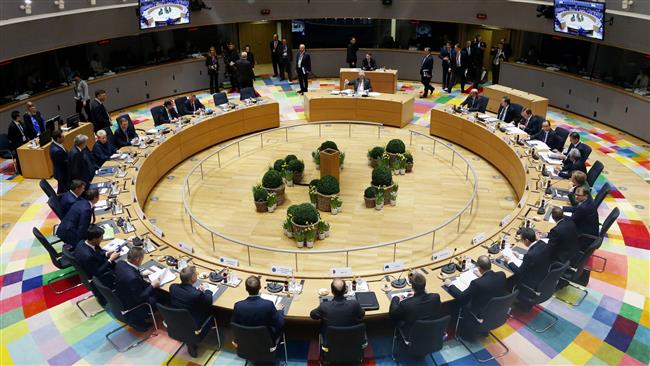
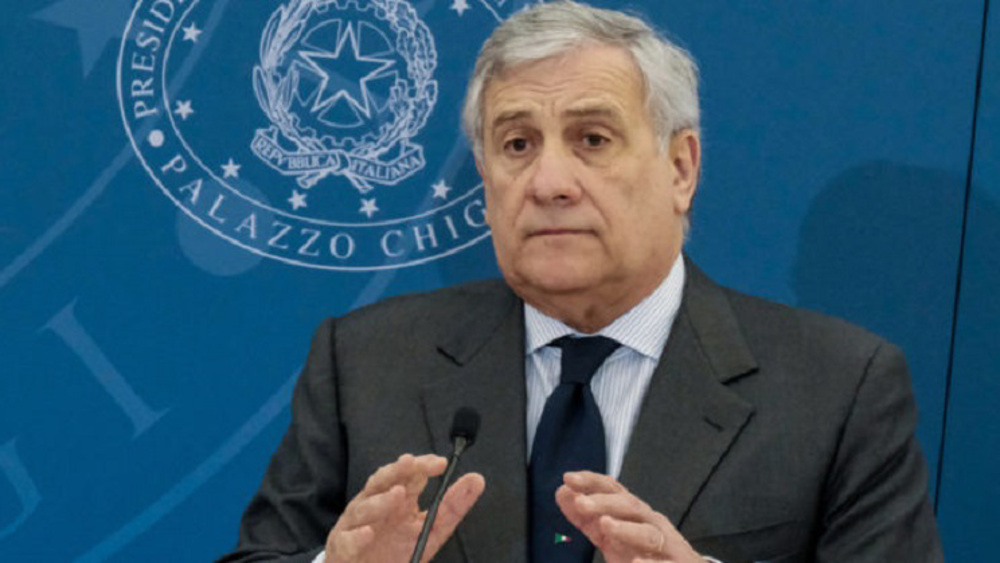
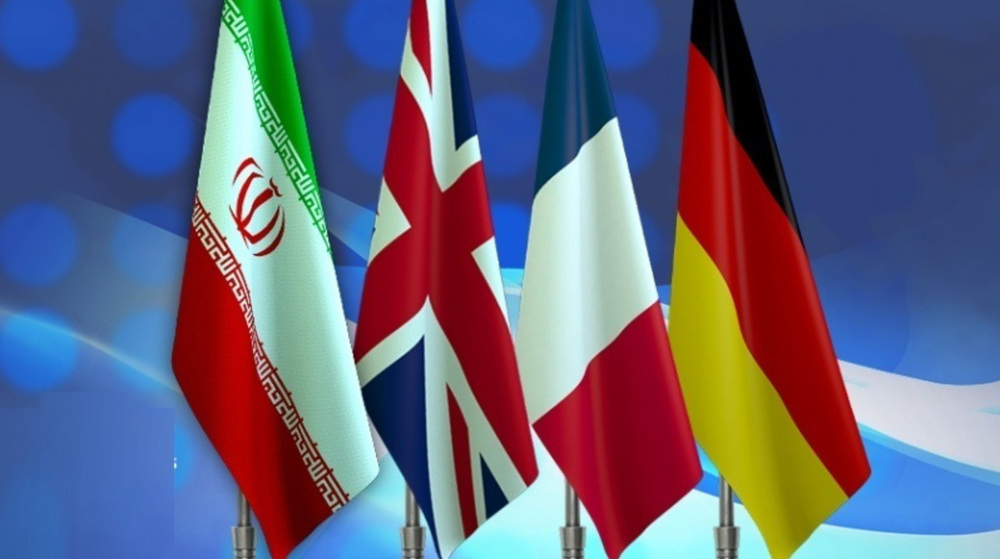
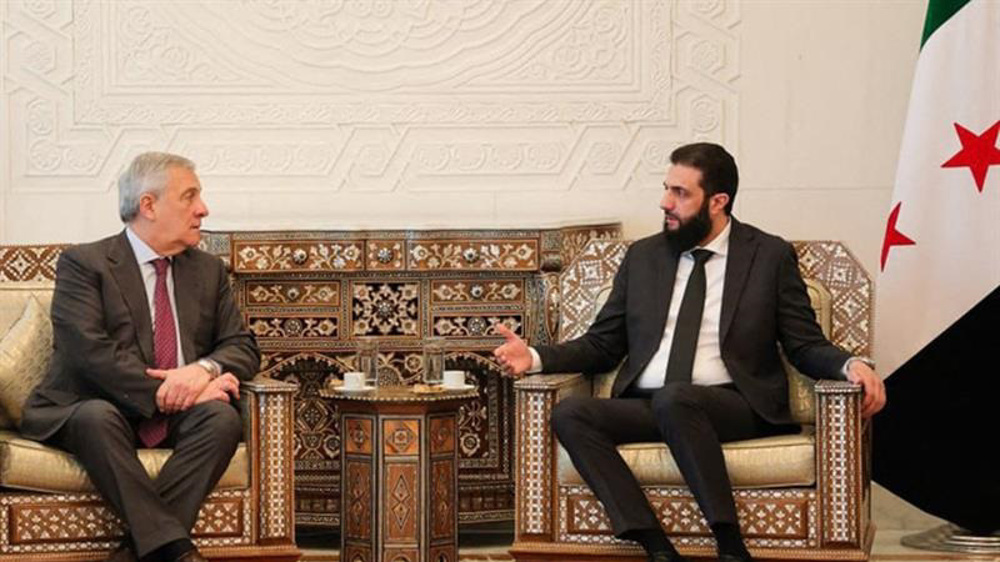



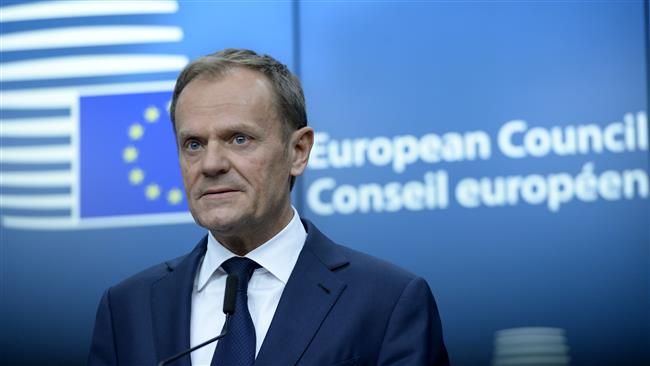
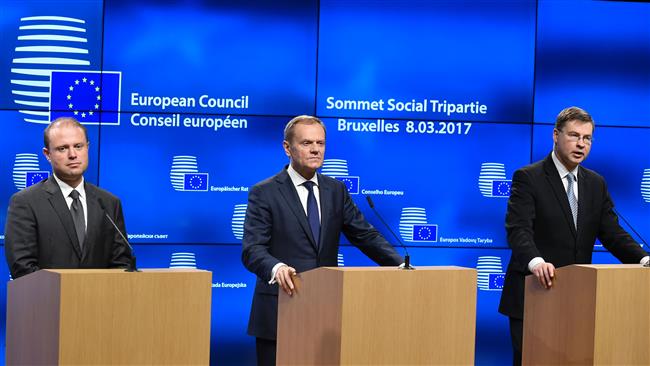

 This makes it easy to access the Press TV website
This makes it easy to access the Press TV website